In the intricate journey of maintaining optimal oral health, many habits and tools play pivotal roles. Brushing your teeth twice daily, using an antiseptic mouthwash, and visiting the dentist regularly are all cornerstone practices. However, one often-overlooked yet crucial aspect of oral hygiene is the use of dental floss. Many individuals might brush their teeth diligently but neglect the tiny gaps between them, leaving a significant portion of their mouth vulnerable to plaque buildup, cavities, and even gum disease. This article delves into the necessity of dental floss, highlighting its myriad benefits and emphasizing why it should be an integral part of your daily oral hygiene routine.
Understanding Dental Floss: What It Is and How It Works
Dental floss, commonly referred to as dental floss or simply floss, is a thin, flexible filament designed to clean the tight spaces between teeth and under the gum line that a toothbrush can’t effectively reach. Made from various materials like nylon, polytetrafluoroethylene (PTFE), or even biodegradable options like silk or plant fibers, dental floss is an indispensable tool in the fight against oral bacteria.
When used correctly, dental floss physically removes plaque, food particles, and bacteria trapped between teeth and under the gum line. Plaque is a sticky film of bacteria that continually forms on teeth and, if left unchecked, can harden into tartar, leading to cavities, gingivitis, and even advanced periodontal diseases. By gently sliding the floss between teeth and hugging the tooth’s surface, you can disrupt and remove this harmful plaque buildup, ensuring a cleaner, healthier mouth.
The Necessity of Dental Floss: Breaking Down the Benefits
- Prevents Cavities and Decay
One of the most significant benefits of dental floss is its ability to prevent cavities and tooth decay. Brushing removes plaque from the surfaces of teeth, but it often misses the tight contacts between teeth and under the gum line. Dental floss can reach these hard-to-access areas, effectively cleaning away food particles and plaque that contribute to tooth decay. Regular flossing, combined with daily brushing, significantly reduces the risk of cavities, preserving your teeth’s health and longevity. - Gum Disease Prevention
Gum disease, or periodontitis, is a chronic inflammatory condition that affects the gums and surrounding bone structure supporting the teeth. It starts with gingivitis, a mild form of gum inflammation caused by plaque buildup. Left untreated, gingivitis can progress to periodontitis, leading to tooth loss and systemic health issues like heart disease and diabetes. Daily flossing helps remove plaque and bacteria from beneath the gum line, reducing inflammation and preventing the onset of gum disease. - Fresh Breath and Clean Mouth
Trapped food particles and plaque between teeth can cause bad breath, also known as halitosis. These particles can decompose, releasing foul-smelling gases. By flossing daily, you remove these particles, reducing bacteria levels and keeping your breath fresh. A clean mouth also boosts your confidence and social interactions, knowing that you’re presenting your best self. - Improved Overall Oral Health
Regular dental flossing contributes to an overall healthier mouth. It complements brushing and mouthwash by addressing the gaps and hidden areas that other hygiene tools miss. A healthy mouth not only feels good but also supports overall systemic health. Research has shown links between oral health and conditions like heart disease, respiratory infections, and even pregnancy complications. By maintaining optimal oral health through flossing, you’re also investing in your overall well-being. - Cost Savings on Dental Treatments
Preventive care, including daily flossing, can save you money in the long run. By reducing the risk of cavities, gum disease, and other oral health issues, you minimize the need for costly dental treatments like fillings, root canals, and gum surgeries. Regular flossing is a simple yet effective way to keep your dental bills low and your smile bright.
Choosing the Right Dental Floss for You
With the myriad options available on the market, choosing the right dental floss can be daunting. Here are some considerations to help you make an informed choice:
- Material: Nylon and PTFE flosses are durable and effective, while biodegradable options may appeal to those concerned about environmental impact.
- Flavor: Mint, cinnamon, or unscented—choose a flavor that you enjoy to make flossing a more pleasant experience.
- Thickness: Thicker flosses are easier to handle but may not fit between tight teeth gaps as well as thinner options.
- Texture: Some flosses are waxed or coated to glide more smoothly between teeth, reducing the risk of shredding or getting stuck.
- Special Needs: If you have braces, implants, or sensitive gums, look for flosses designed specifically for these conditions.
How to Floss Correctly: A Step-by-Step Guide
- Break Off a Section: Use about 18 inches of floss, winding it around your middle fingers to leave a one-to-two-inch length for cleaning.
- Gently Guide: Slide the floss between teeth using a gentle motion, avoiding snapping it into the gum line, which can cause discomfort or injury.
- Hug the Tooth Surface: Curve the floss around each tooth in a C-shape, gently hugging the tooth’s surface as you move it up and down.
- Under the Gum Line: Gently slide the floss beneath the gum line, cleaning in a gentle back-and-forth motion.
- Repeat: Repeat the process for each tooth, using a fresh section of floss for each gap to avoid re-contaminating teeth.
- Dispose Properly: Discard the used floss in the trash, not the toilet, to avoid clogging.
Incorporating Flossing into Your Daily Routine
Making flossing a habit can take time, but consistency is key. Try incorporating it into your evening routine, right after brushing and before bed. This ensures that you clean your teeth and mouth thoroughly before sleep, reducing the risk of overnight plaque buildup. If morning flossing feels challenging, start small—even once-a-day flossing can make a significant difference. Use reminders, like sticky notes on your bathroom mirror or setting an alarm on your phone, to help build the habit.
Conclusion: A Smile Worth Preserving
Your smile is one of your most valuable assets, and dental floss is a vital tool in preserving it. By committing to daily flossing, you’re investing in a healthier mouth, fresher breath, and a reduced risk of oral health issues. Remember, oral health is intricately linked to overall well-being, so taking care of your teeth and gums is more than just a cosmetic concern. It’s a vital aspect of living a healthy, fulfilling life.
So, pick up that box of dental floss today and make it a part of your daily routine. Your teeth, gums, and overall health will thank you.

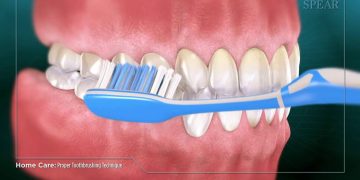
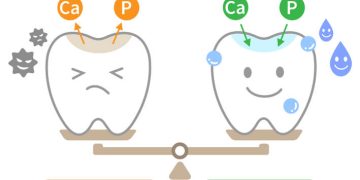
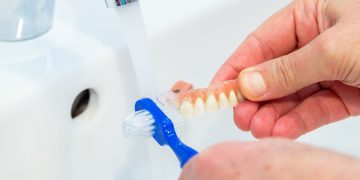




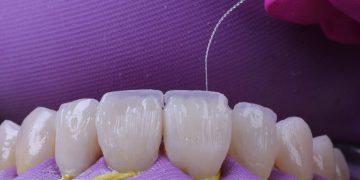
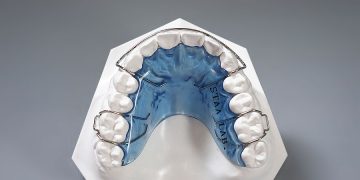

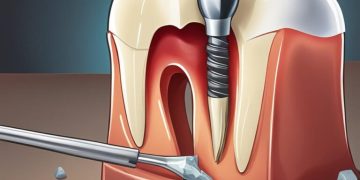



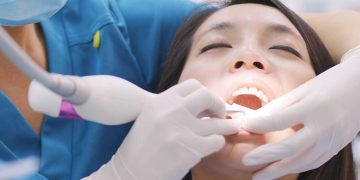

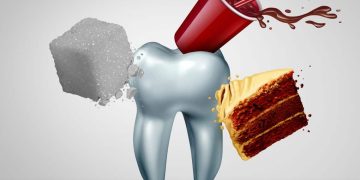







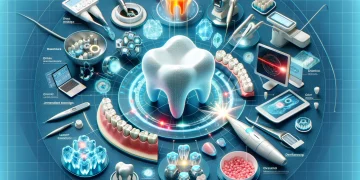





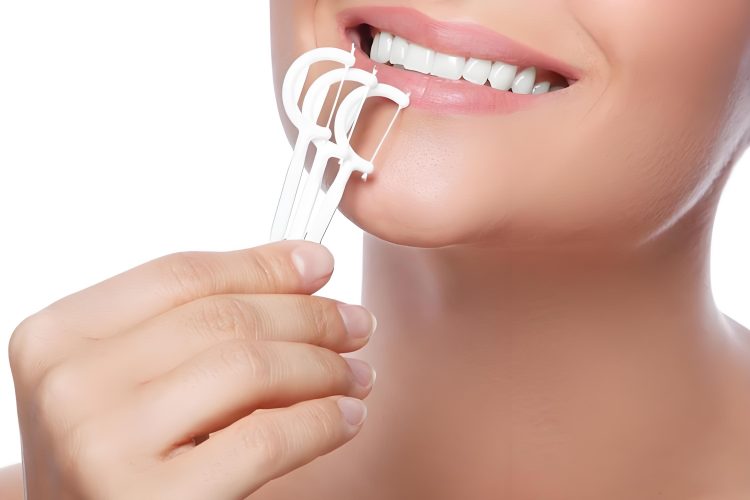













Discussion about this post